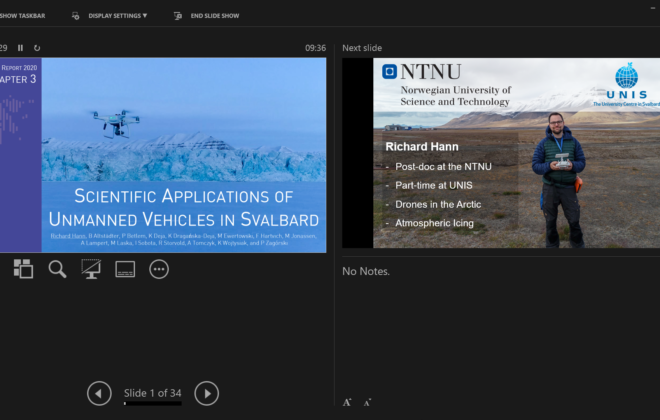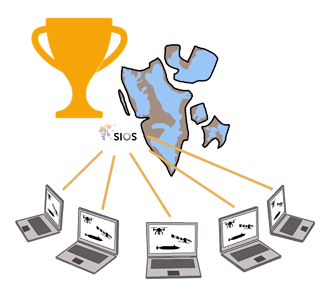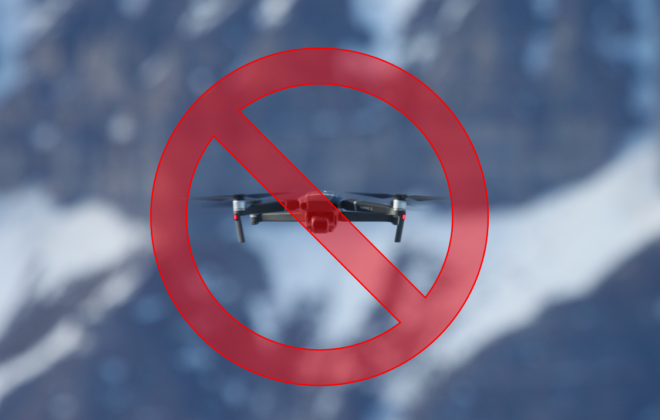Source: https://www.ntnu.no/blogger/richard-hann/2021/11/12/how-to-make-your-research-visible/
How to make your research visible
I recently read an interesting article by Beel et al. (2010) who studied Academic Search Engine Optimization. Essentially, they looked into the mechanisms of Google Scholar and similar search engines for research publications. Their work gives some valuable insights into how to improve the visibility of your research by making it easier to find by others. Here are the key takeaway messages that I got from their paper:
- Personal website. While publication of most journal paper gets automatically indexed by search engines, it can still be helpful to have your own research website. For example, my researcher website can be found here: folk.ntnu.no/richahan.
- Keywords. To make sure that certain search terms (e.g. “UAV icing”) are connected to your publication, they need to occur in the document. Search engines give higher relevance to keywords that occur more often. High relevance is given for keywords that occur in the title and abstract, so make sure that they are included there (this is part of the reason why most of my papers start with “UAV Icing: …”):
- Synonyms. Building on the keyword topic, it is also helpful to include synonyms of your research keywords in your manuscript several times in a manuscript, for example, “uncrewed aerial system”, “drone”, “UAS”, “RPAS”. In my work, I usually include a few of these synonyms in the introduction, but I will consider using them more frequently – as long as it does not affect the readability.
- Metadata. For search engines to identify a document as an academic publication, the body of text must include standard sections that are usually found in scientific papers, e.g. “Abstract”, “Introduction”, “Methods”, “Results”, “References”, and so on. Following the popular IMRaD structure is a good idea! Also, make sure that the published pdf metadata for title and author are correct!
- Searchable figures. For search engines to be able to “read” what is inside of a figure or picture, it needs to be vector graphic. The opposite of vector graphics is raster graphics, which are not readable by search engines. All .bmp, .jpg, .png, .tif, .gif files are rasterized and text in these figures will not be identified by search engines. Myself, I have not been paying much attention to this and will update here once I have a good way of generating vector images for publications.
- Citations. The biggest factor for increasing the relevance and visibility of a paper is of course the number of citations it receives. The higher the citation count, the more likely it is that a paper will appear on the top in search results. It is this good academic practice to cite all work that relates to your publication, but not to inflate it artifically.
- Access. It has been shown that open access papers have typically higher citation rates compared to publications behind a pay-wall. It is certainly a good idea to make sure that all your work is easily accessible by making it open-access or by sharing pre-prints (e.g. on your researcher website).
- Author reputation. While the paper was not able to show (due to lack of data) that journal impact factor and author reputation play a role in the search relevance, search engines likely take this into account.
Some other good tips are to make sure you are registered on major science networking sites such a Researchgate and ORCiD.




Leave a Reply